Subtotal: ₦3,300.00
AQW614 optocoupler
₦1,900.00
The AQW614 is a dual MOSFET relay featuring a gallium arsenide infrared LED and a photo-MOSFET in a compact 6-pin DIP package. It provides reliable switching and isolation between input and output circuits without the need for external drivers or isolation components. This SSR is designed for high-performance applications requiring low on-state resistance and high load current capability.
Key Features:
- Dual MOSFET relay with optically coupled isolator
- Gallium arsenide infrared LED and photo-MOSFET
- High input-to-output isolation voltage
- Low on-state resistance for efficient switching
- Low input control current
- High load current capability
- RoHS compliant
Technical Specifications:
- Package Type: 6-pin DIP
- Isolation Voltage: Typically 1500Vrms (minimum)
- Load Voltage Range: Up to 60V DC or 100V AC
- Load Current: Up to several amps (specific ratings can vary)
- Input Control Voltage: Typically 1.2V DC
- On-state Resistance: Typically low milliohms range
- Operating Temperature Range: -40°C to +85°C
- Storage Temperature Range: -40°C to +125°C
- Soldering Temperature: 260°C for 10 seconds
Applications:
- Industrial automation
- Process control systems
- Programmable logic controllers (PLCs)
- Medical equipment
- Telecommunications
- Consumer appliances
Datasheet: For detailed technical information, refer to the AQW614 datasheet
In stock
SSRs (Solid State Relays) have no movable contacts. SSRs are not very different in function from mechanical relays that have movable contacts. SSRs, however, employ semiconductor switching elements, such as thyristors, triacs, diodes, and transistors. Furthermore, SSRs employ optical semiconductors called photocouplers to isolate input and output signals. Photocouplers change electric signals into optical signals and relay the signals through space, thus fully isolating the input and output sections while relaying the signals at high speed.
SSRs consist of electronic parts with no mechanical contacts. Therefore, SSRs have a variety of features that mechanical relays do not incorporate. The greatest feature of SSRs is that SSRs do not use switching contacts that will physically wear out.
Features and Specifications
| Description | Product Attribute |
| Package / Case | DIP-8 |
| Length | 9.78 mm |
| Width | 6.4 mm |
| Height | 3.9 mm |
| Contact Form | SPST (1 Form A) |
| Control Voltage Range | 1.25 VDC |
| Input Current | 50 mA |
| Input to Output Isolation Method | Optocoupler |
| Isolation Voltage | 1.5 kV |
| Load Current Rating | 100 mA |
| Load Voltage Rating | 400 VAC, 400 VDC |
| Maximum Operating Temperature | + 85 C |
| Minimum Operating Temperature | – 40 C |
| Mounting Style | PCB Mount |
| Output Type | Photo MOSFET |
| Packaging | Tube |
| Product | Solid State Relays |
| Product Type | SSR – Solid State Relays |
| Series | AQW |
| Termination Style | Solder Pin |
| Tradename | PhotoMOS |
| Type | Controller |
Applications
- Used for controlling multiple circuits
- Isolating low voltage from high voltages, Automatic changeovers
- Electrical appliances ON/OFF and numerical-controlled machinery
Be the first to review “AQW614 optocoupler”
You must be <a href="https://hub360.com.ng/my-account-3/">logged in</a> to post a review.


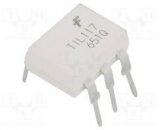
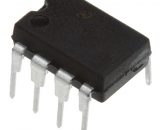
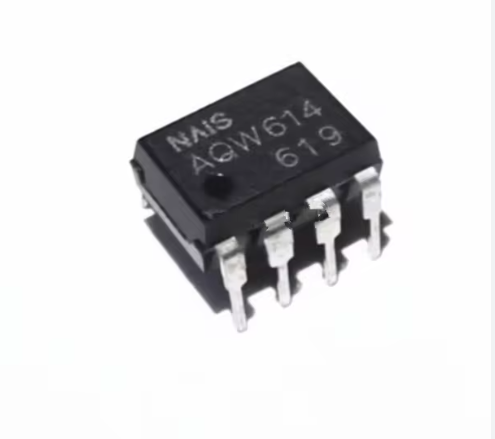
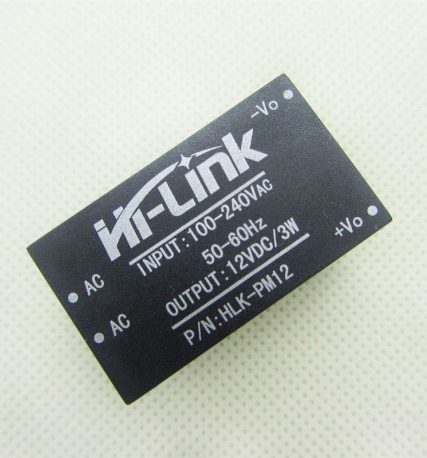
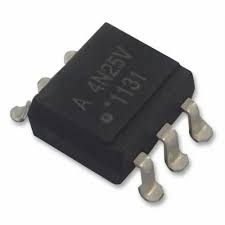


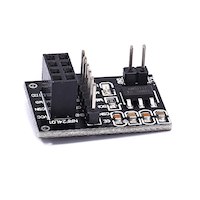
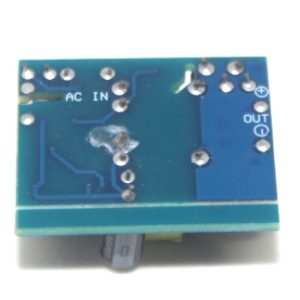
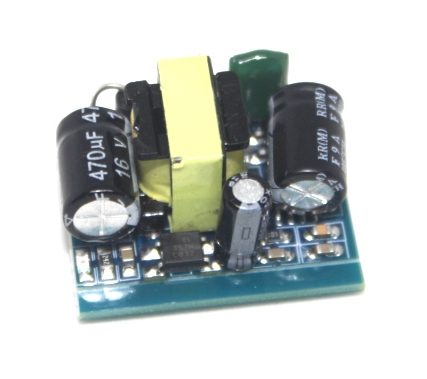
Reviews
There are no reviews yet.